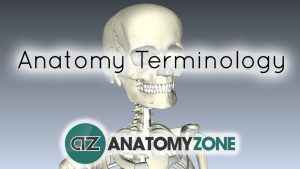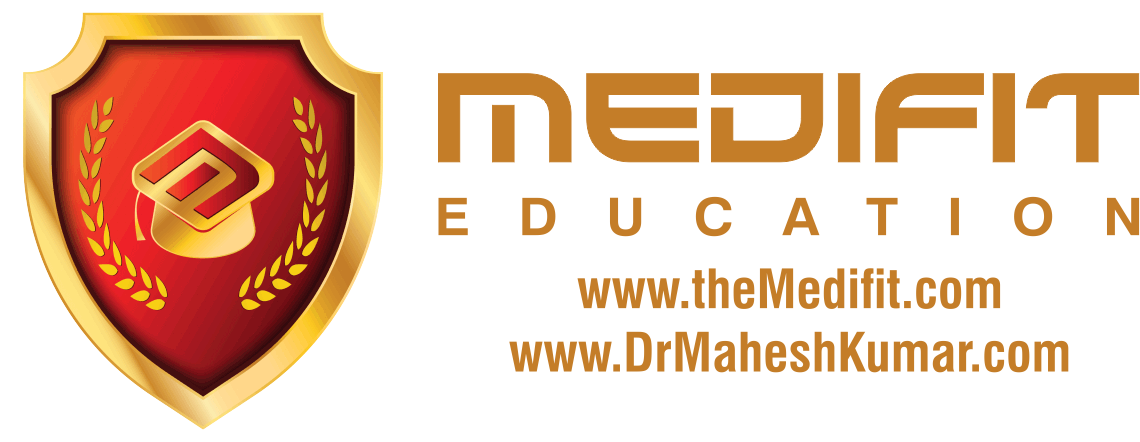(USMLE topics, cardiology) Blood pressure: systolic and diastolic; hypertension: guidelines, causes, risk factors, complications, treatment, antihypertensive drugs. This video is available for instant download licensing here: https://www.alilamedicalmedia.com/-/galleries/narrated-videos-by-topics/hypertensioncholesterol/-/medias/d8cadc84-432b-4925-8e36-16ceeb86ffe0-hypertension-narrated-animation ©Alila Medical Media. All rights reserved. Voice by: Sue Stern. Support us on Patreon and get FREE downloads and other great rewards: patreon.com/AlilaMedicalMedia All images/videos by Alila Medical Media are for information purposes ONLY and are NOT intended to replace professional medical advice, diagnosis or treatment. Always seek the advice of a qualified healthcare provider with any questions you may have regarding a medical condition. Blood pressure is the force the circulating blood EXERTS on the walls of blood vessels. It is different in different types of vessels, but the term ”blood pressure”, when not specified otherwise, refers to ARTERIAL pressure in the SYSTEMIC circulation. When the heart contracts and pumps blood into the aorta, during systole, the aortic pressure RISES, and so does the systemic arterial pressure. The maximum pressure following an ejection is called the SYSTOLIC pressure. In between heart beats, when the ventricles refill, blood pressure FALLS to its lowest value called the DIASTOLIC pressure. THESE are the 2 numbers on a blood pressure reading. Blood pressure normally shows a daily pattern and is usually lower at night. During day-time, it fluctuates with physical activities and emotional states. Hypertension refers to a PERSISTENT HIGH blood pressure. In the US, high blood pressure used to be defined as greater than 140/90, but recent guidelines have changed these values to 130/80 to better prevent and treat the condition. Normal blood pressure is BELOW 120/80. In practice, blood pressure is considered TOO low ONLY if it produces symptoms. Hypertension does NOT cause symptoms on its own, but it slowly DAMAGES blood vessels, and in the long-term, is a MAJOR risk factor for a variety of cardiovascular diseases such as stroke, aneurysm and heart attack; as well as end organ damage such as renal failure or vision loss. For this reason, hypertension is known as the “SILENT killer”. Hypertension can be classified as primary or secondary, with the former being responsible for over 90% of cases. Primary hypertension has NO apparent cause and may develop as a result of old age, obesity, high-salt diet, lack of exercise, smoking and drinking. Most commonly, the blood vessels are hardened with age or unhealthy diets, making it harder for blood to flow. Secondary hypertension, on the other hand, is caused by an underlying condition. Many conditions and factors can cause hypertension; most notable are kidney problems and endocrine disturbances. Regardless of the cause, the INcrease in blood pressure is produced by EITHER an INcrease in vascular resistance – narrower or stiffer blood vessels; OR an INcrease in cardiac output – larger volume of blood pumped out by the heart. These 2 factors are the targets of antihypertensive drugs. Treatments must start with life style changes such as healthy, low-sodium diets, physical exercise and stress management. On top of that, antihypertensive agents may be used to control hypertension. These include: – Vasodilators: these drugs DILATE blood vessels, thereby DEcreasing vascular resistance and reducing blood pressure. – Diuretics: diuretics promote sodium and water removal by the kidneys and thereby DEcrease blood volume. – Drugs that DEcrease cardiac output by decreasing heart rate or contractility, may also be used to treat hypertension.

Hypertension – High Blood Pressure, Animation
- Post author:admin
- Post published:October 7, 2021
- Post category:Uncategorized
- Post comments:0 Comments
You Might Also Like
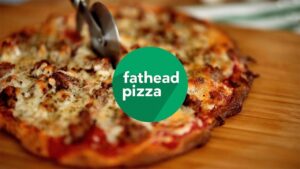
Keto Diet, Keto Foods, Keto Recipes Video – 24

Is a New Treatment for Diabetes Near?

Why is Complete Blood Picture / Hemogram is Important? – Gynaecology Checkup – Part 5/6 – DesiMD
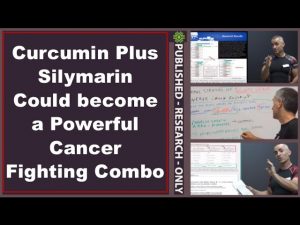
Curcumin Plus Silymarin Could become a Powerful Cancer Fighting Combo
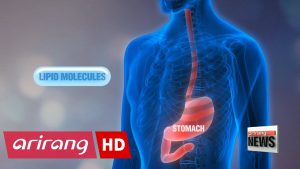
Insulin pills developed to replace insulin shots for diabetes

Stretching Your Calf Muscles – Kinetic Health

9 Best TIPS TO GAIN WEIGHT By Dietitian Jyoti Chabria

SYMPTOMS OF KIDNEY DISEASE
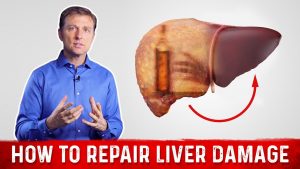
How To Repair Liver Damage After Alcohol?: Dr.Berg on Liver Cirrhosis
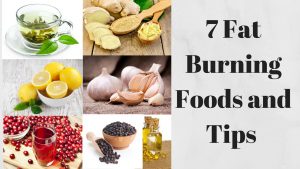
How To Burn Body Fat Naturally | Best Fat Burning Tips For Women

♂ 3 Powerful ED Drugs – Pros, Cons & Warnings – by Dr Sam Robbins
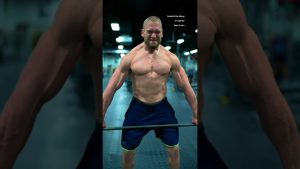
Build Massive Traps | Workout + Instructions

Seated Calf Raise – The Proper Lift – BPI Sports
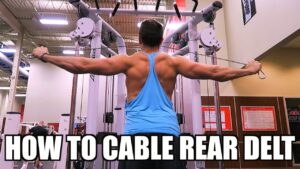
How To: Cable Rear Delt Fly Exercise

What Would I Eat if I had Diabetes? Try Dr.Berg’s Diet For Diabetes

Fitness Definitions
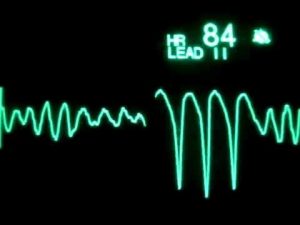
Cardiac Arrest ECG

Human Body, Body Building Muscle Building Anatomy Physiology Video – 39

Joints: Crash Course A&P #20

5 Ways Men Can Prevent Most Heart Attacks
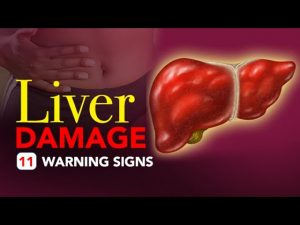
Liver Damage – 11 Warning Signs

Overweight & Obesity Video – 11

Abnormal Psychology Video – 4
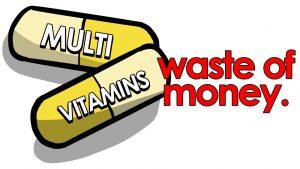
Are Multivitamins a Waste of Money?
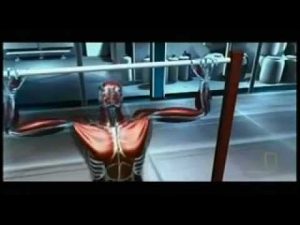
how muscles grow

Cable Front Raise Exercise

Build Massive Chest Muscles With Dumbbell Press For Pecs

Antioxidants in a pinch
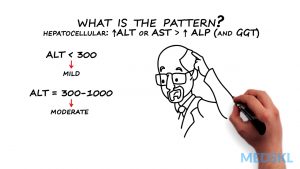
Gastroenterology – Abnormal Liver Tests: By Kelly Burak M.D.
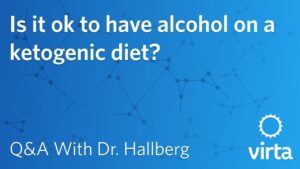
Keto Diet, Keto Foods, Keto Recipes Video – 11
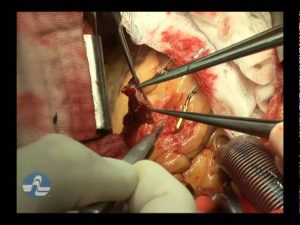
Heart Disease Treatment DVD – Bypass surgery – Preview
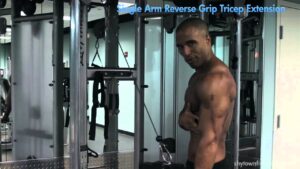
One Hand Triceps Extension-6

Can Eating Carbs at Night Make You Gain Weight?

How to Perform a Back Extension | Exercise Form Video
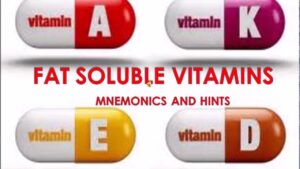
FAT SOLUBLE VITAMINS MNEMONICS AND HINTS

HCG Diet Lose 15lbs in 3 Weeks | Studies

What is Fish Oil? Omega-3 Benefits & Side Effects Review by Guru Mann
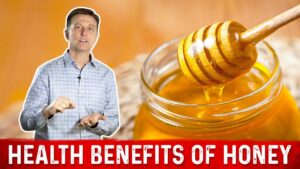
Honey Nutrition Video – 1
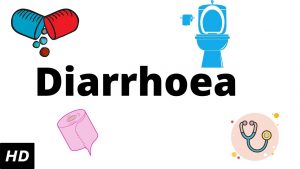
What is Diarrhoea? Causes, Signs and Symptoms, Diagnosis and Treatment.
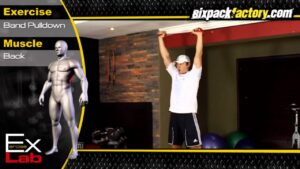
Lat Pull Down-6

Geriatric Physiotherapy Video – 8
